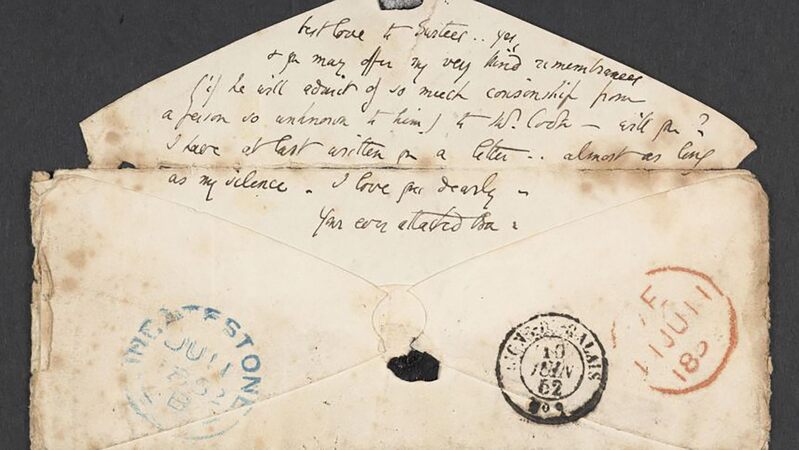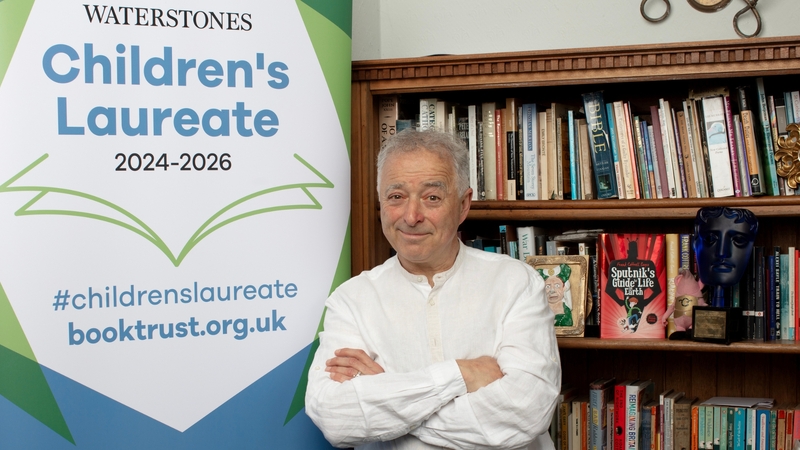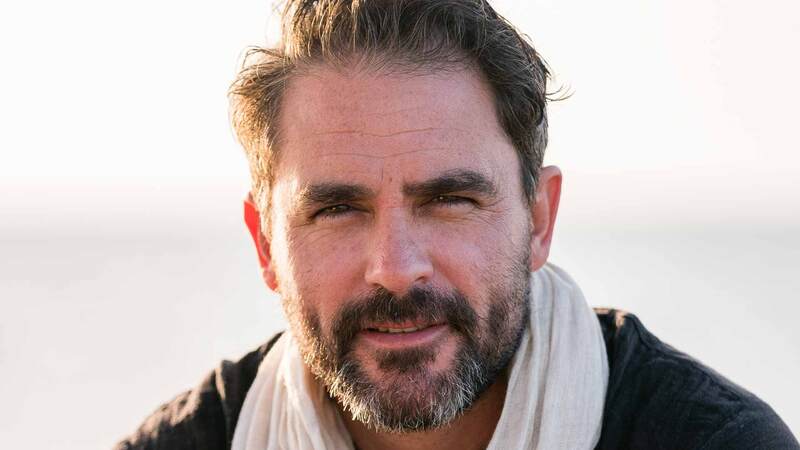You are viewing your 1 free article this month. Login to read more articles.
Life in Alaska
A winter wind blows off the Matanuska glacier, down the frozen river valley, and over the top of our roof in snowy gusts that we can hear as we sit at our kitchen counter. When the fire in the woodstove dies to coals, I slip on my boots and go outside, into the dark. The cold scorches my cheeks and, even through work gloves, chills my fingers. For a moment, I stand alone by the wood shed.
Our home is surrounded by silent mountain ranges, a forest of spruce and birch, and night sky. No street lamps or city lights. I cannot make out even the lighted windows of our nearest neighbor. This is the Alaska wilderness of our backyard; this is the cold black that terrifies Mabel. It is also what fascinated me as I wrote The Snow Child. Mabel would eventually fall in love with this place, but how?
During the depths of winter in Alaska, daylight lasts just five hours a day. Temperatures drop to 20 and 30 degrees below zero, and winds reach 100 miles per hour. The untouched, snowy country stretches for hundreds of miles in all directions. It is a land inhabited by tenacious creatures – wolves and bears, coyotes and fox, owls and ermine.
This is all much the same today as it would have been in 1920. Ninety years ago, however, the narrow line between survival and death would have been much thinner. No telephones. No electricity. No highways or 24-hour grocery stores or weekly paychecks. Jack and Mabel would have only their own hands and what they could make with them. If Jack did not shoot a moose in the fall, they would have no meat. If they ran out of firewood, there would be no reprieve from the killing cold of the subarctic. There would be bread, but only if Mabel kneaded it and baked it herself in the woodstove oven.
The brutal effort to survive from one day to the next fills Mabel with dread. Yet, in some strange way, it is what she and many others seek in Alaska. We long to test ourselves in extreme conditions and prove our self-reliance. Endurance is a trait to be admired, survival a victory. Even Mabel arrives here with a desire to leave behind the safety of society, the known world of paved streets and shops, dependable income and hired servants. In solitude, without the trappings of civilization and extended family, she believes she and Jack can claim a life of their own.
Yet when she is faced with its entirety, Alaska nearly breaks her. “It was beautiful, Mabel knew, but it was a beauty that ripped you open and scoured you clean so that you were left helpless and exposed, if you lived at all.” She spends her days alone in the cabin, without purpose or companionship, and sleep becomes a tempter. The darkness consumes her. I had doubts, at times, that she would find her way. When she leaves the cabin and steps onto the thin river ice, praying to fall through and drown, all hope seems lost.
Despite her emotional frailty, Mabel doesn’t succumb to a cold death. It is friendship, which appears at her cabin door in the form of Esther Benson, that saves her. Esther understands how a woman survives in Alaska. She doesn’t cower or retreat. She straightens her shoulders and grabs a firm hold on life: she works beside the men in the fields, she shoots the bear that threatens to eat her livestock, she embraces warmth and friendship where she can find it.
In perhaps one of the most important moments in the book, Mabel puts on her mittens and hat and steps out into a snowstorm. There, in the cold black that has terrified her, she admires the falling snowflakes and coaxes Jack to join her in building a child out of snow. She is practicing what Esther has taught her – to escape the confines of domesticity and throw herself into adventure.
The next morning a wild and secretive child appears from the forest, and Mabel must learn another of this land’s hard lessons – how to love in the face of transience and sorrow. And therein lies the key: it is the very fleeting nature of a thing that enables us to comprehend its significance. And it is at the threshold of survival that our lives are stripped of everything but what matters most.
When we run out of water and have to haul more to our house, each gallon is measured and appreciated. When we spend days cutting trees and bringing wood in from the forest, the heat of the woodstove is a blessing. When isolation and solitude is a physical reality, friendship becomes invaluable. After the long darkness of winter, spring’s green leaves and wildflowers are a miracle.
I write of Mabel, “She once spied a gray-brown coyote slinking across a field with his mouth half open as if in laughter. She watched Bohemian waxwings like twilight shadows flock from tree to tree as if some greater force orchestrated their flight. She saw a white ermine sprint past the barn with a fat vole in its mouth. And each time, Mabel felt something leap in her chest. Something hard and pure.
She was in love.”
I have gathered an armload of wood for the fire. The wind swirls the snow around me, and I turn to go up our front steps. Just then, coming along the driveway, I see automobile headlights through the blowing snow. That will be our neighbors, Craig and Jenny, bringing a blueberry cobbler for dessert. I give them a wave to come inside. The caribou stew in a pot on our stove; the light and warmth of the fire; the friends who bring their companionship to our door – they are precious to us, because without them we could not survive.
The Snow Child by Eowyn Ivey is out now, published by Headline.















